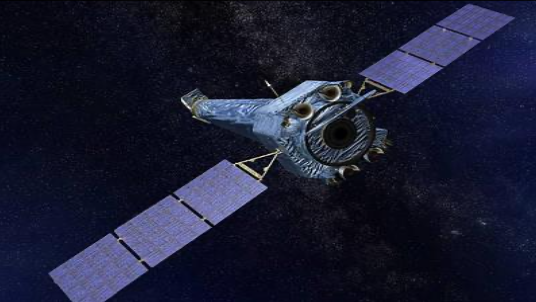By Shuchi Giridhar
Washington D.C, Sep 16: When we think about space, we imagine stars, galaxies, and planets in an expanse of quietude. But how would it be if we could listen to the stars? In an effort to transform data into sounds, NASA has launched a data sonification project. The project is led by NASA’s Chandra X Ray Observatory and NASA’s Universe of Learning program.
What is data sonification?
Data sonification is the process of conveying digital data through non-speech audio. This data sonification project converts data into musical notes for every happening in space. This allows people to have an added effect of audio experience of the digital data alongside the visual treat provided by the Hubble telescope.
How does NASA transform the data into sounds?
Before converting them into images, NASA’s telescopes collect data on the happening. The images are reflections of light and radiation of the various wavelength in space, invisible to the human eye. To denote brightness in position of a celestial object or happening, pitch and volume are used. Recent work of the data sonification project features Westerlund (a region where stars are forming), M87 (the most famous black hole), and the star Tycho’s supernova remnant. (The sound effects can be heard from the YouTube channel of Chandra X-Ray Observatory)
How is this project useful?
The sonification project strives to assimilate NASA science content into the minds of learners of all ages. NASA has been working to make information about space accessible to much more people.


